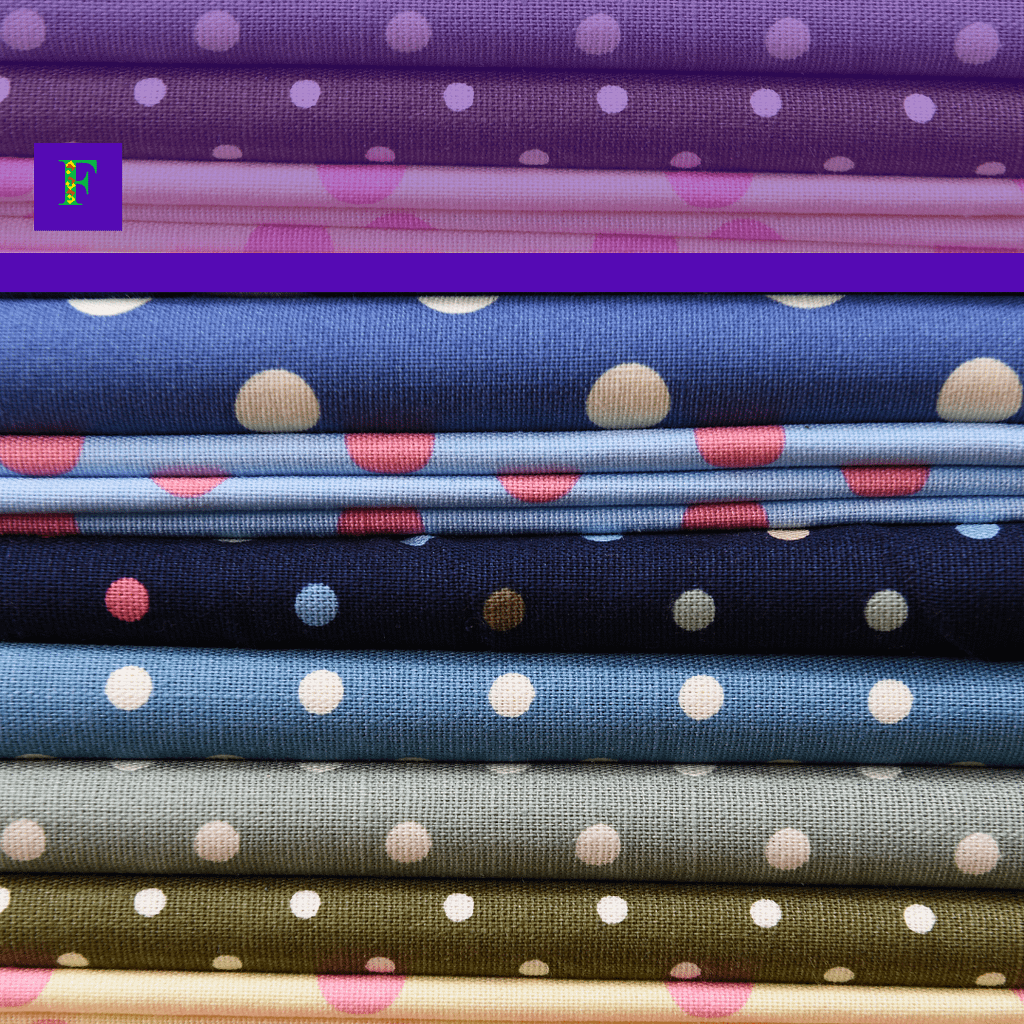
How to Choose Fabric for Your Collection: A Technologist’s Advice
Fabric is your foundation — not your afterthought
If you’re building a clothing collection, the fabric is not just a material — it defines everything. The mood, fit, structure, and even pricing are shaped by what you choose. Still, many designers pick fabrics too late or based on what “feels nice”. That’s not enough. A skilled technologist sees fabric as a strategy, not a texture.
Choosing fabric is not just about aesthetics — it’s a technical and commercial decision. You can’t design a tailored jacket in viscose jersey, just like you can’t drape a stiff canvas like silk. Before you dream of silhouettes, dream in properties: stretch, weight, recovery, finish, and behavior after washing.
Know your product before you touch a swatch
What is this garment meant to do? That question should come before choosing any fabric. Is it meant to move with the body? Will it be washed often? Should it hold a sharp line or flow with the breeze?
If your design needs to shape the body, you’ll need fabric with structure. If you want softness and movement, drape is key. Start from your product goals and match the fabric function to it. Beautiful fabric that doesn’t serve the purpose will cost you more than it gives.
Sample smart — not wide
Don’t get lost in 300 swatches. Start with three core qualities and build from there. If you’re producing, think in terms of repeatability, not novelty. Can the mill supply 1,000 meters again in six months? Will the color batch stay stable?
Every technologist will tell you: consistency beats creativity when you scale. Pick suppliers who understand timelines, testing, and compliance. That beautiful fabric you found in a local store? It may not pass colorfastness under real production conditions.
Testing is not optional — it’s insurance
Always test your final fabrics before you cut patterns. That includes shrinkage, wash tests, color bleeding, and ideally, wear simulations. A stunning viscose satin can turn limp after one wash. Natural fibers can twist or change hand feel after production processes like fusing or steaming.
What you see on the roll is just the beginning. How a fabric behaves under stress decides whether your collection thrives or falls apart.
Final word: Feel the fabric, but trust the data
Yes, emotion matters. You want your collection to evoke feeling. But behind every great fashion line is smart fabric planning. Combine your creative instinct with technical knowledge and you’ll save money, avoid rework, and deliver clothes that perform as beautifully as they look.
